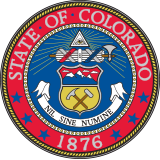Voter Photo Identification (2016)
This issue brief provides an overview of voter photo identification (ID) laws nationwide. It outlines which states require voters to present photo identification and explains some of the issues surrounding these laws.
